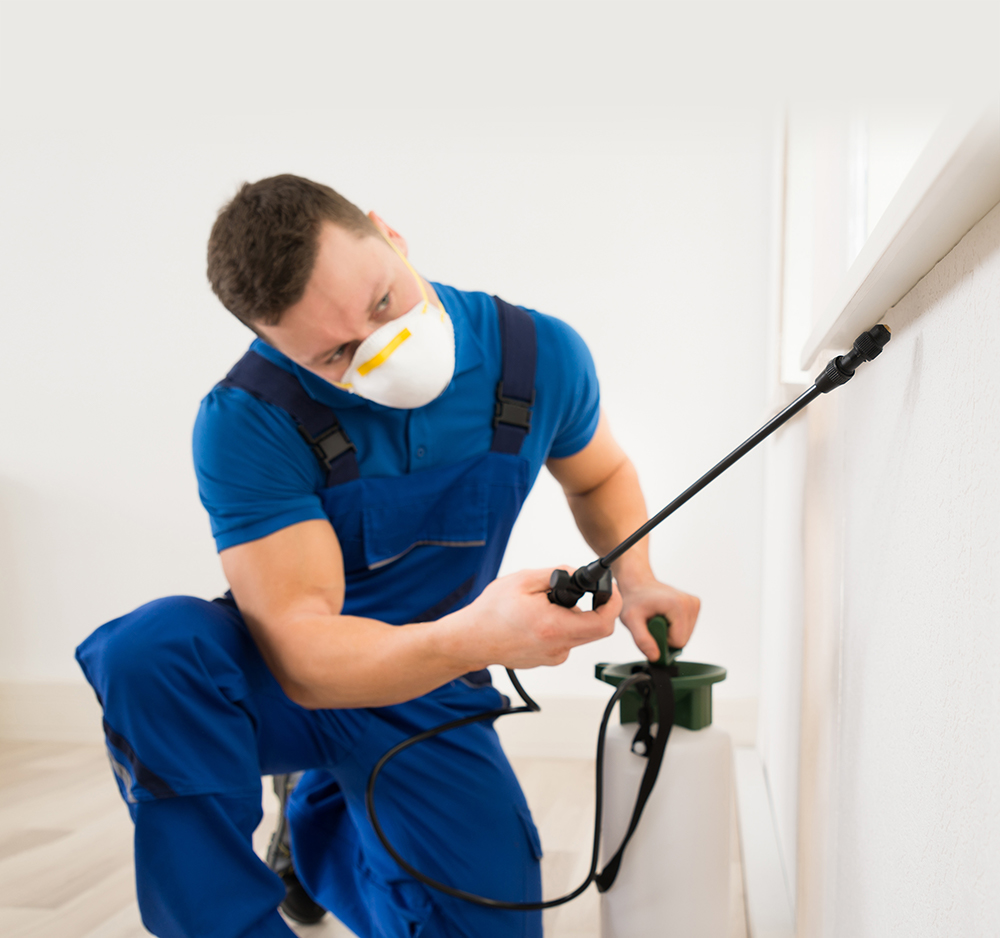Specialist Bed Bug Exterminator: Rest Easy Recognizing Your Home is Bug-Free!
Specialist Insect Control Techniques for Long-Term Outcomes
In the world of insect control, achieving sustained efficiency and long-term outcomes calls for a careful method that transcends mere extermination. Specialist insect control strategies encapsulate a thorough strategy that starts with a comprehensive assessment and evaluation, followed by precise parasite recognition to recognize their behavior patterns. The execution of Integrated Insect Monitoring (IPM) concepts, coupled with eco-conscious therapies, develops the cornerstone of lasting pest removal. However, the true test hinges on the continuous surveillance and upkeep of the treated locations, making certain a pest-free environment for the direct future. By delving into the ins and outs of these techniques, a much deeper understanding of specialist pest control approaches for withstanding outcomes emerges.
Inspection and Assessment
Upon going into a building for bug control solutions, the preliminary step is a complete assessment and assessment to recognize the extent of the problem and identify the most reliable therapy strategy. Professional bug control service technicians are educated to meticulously analyze the facilities, looking for indicators of bug activity such as droppings, nibble marks, nests, or any type of architectural damages. They will additionally evaluate the problems that might be attracting parasites, such as food resources, water leaks, or access points.

Pest Recognition and Actions

In addition, understanding the habits of the identified insect is crucial to implementing reliable control measures. Knowing where pests nest, what they feed on, and their activity patterns can aid pest control professionals design techniques to eradicate them efficiently. Some pests may be nocturnal, while others are more energetic throughout the day. This knowledge enables the application of therapies at ideal times for maximum effectiveness.
Integrated Pest Management (IPM)
Integrated Bug Administration (IPM) methods incorporate numerous methods to manage and prevent pest problems in a from this source sustainable and eco pleasant manner. exterminator near me. By incorporating techniques such as organic control, environment adjustment, modification of cultural techniques, and the use of immune selections, IPM aims to lessen using chemical pesticides
One of the essential principles of IPM is the emphasis on avoidance. This proactive approach entails tracking pest populations frequently to detect any prospective problems prior to they escalate. By recognizing pest problems early, pest control actions can be carried out swiftly and successfully.
Moreover, IPM promotes using safe parasite control techniques whenever feasible. This can include employing all-natural predators of the parasites, presenting valuable pests, or utilizing pheromones to interrupt breeding patterns. By reducing reliance on chemical pesticides, IPM not only safeguards the environment however additionally helps maintain an equilibrium in the environment.
Environmentally-Friendly Therapies
Applying eco-conscious methods in insect control treatments can effectively attend to infestations while focusing on environmental sustainability. Environmentally-friendly therapies focus on lessening the impact of parasite control techniques on ecosystems, non-target microorganisms, and human health.
One more trick aspect of environmentally-friendly therapies is using natural and naturally degradable items that break down swiftly without leaving hazardous deposits in the environment. visit this web-site Botanical insecticides acquired from plants like chrysanthemums or neem provide effective bug control while positioning very little risk to non-target species. Additionally, employing methods like heat treatments or scent traps can target specific pests with accuracy, lowering the total environmental influence of insect control techniques.
Continuous Monitoring and Upkeep
Regular assessments by trained experts are required to determine any type of signs of bug activity, examine the efficiency of previous therapies, and make changes to the parasite control plan as required. By keeping an eye on parasite populaces over time, pest control specialists can track fads, prepare for potential concerns, and apply preventative procedures to minimize the threat of future infestations.
Along with monitoring, upkeep techniques are vital for lasting pest control success. This consists of carrying out appropriate sanitation actions to remove potential food and water sources for pests, sealing access indicate avoid insects from entering the premises, and resolving any kind of architectural problems that can facilitate pest invasions (pest control). By official statement including recurring tracking and maintenance right into an incorporated parasite administration method, organizations can make certain a pest-free setting and secure their residential or commercial property versus expensive damage and health risks
Conclusion
Finally, utilizing professional parasite control techniques such as thorough examination and assessment, exact bug identification and understanding of their actions, incorporated insect administration techniques, environmentally-friendly treatments, and ongoing surveillance and maintenance are crucial for accomplishing lasting cause parasite control. By carrying out these techniques, individuals can successfully handle insect invasions and maintain a pest-free setting in a lasting manner.